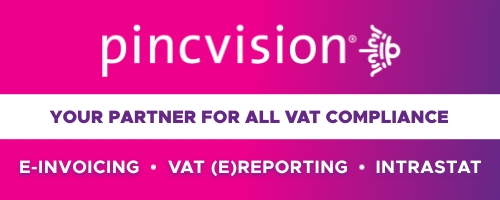Electronic invoicing, or E-Invoicing, is mandatory for all companies in Brazil since 2008. The system is managed by the Brazilian tax authorities, known as the Secretaria da Receita Federal do Brasil (RFB), and is called the Sistema Público de Escrituração Digital (SPED).
Here’s how E-Invoicing works in Brazil:
- First, the supplier generates an electronic invoice in XML format, which contains information about the goods or services provided, such as the product description, quantity, price, and taxes.
- The XML invoice is then transmitted to the government’s tax authority system, which validates the data and generates a unique digital signature for the invoice.
- The signed XML invoice is then sent back to the supplier, who must keep a copy of the invoice for their records.
- The supplier must also send the signed XML invoice to the buyer, either directly or through a third-party service provider.
- The buyer receives the electronic invoice and must verify its authenticity and accuracy using the government’s tax authority system.
- Once the invoice has been verified, the buyer can then use it as a credit for tax purposes.
- The invoice information is then stored electronically in the government’s tax authority system, where it can be accessed and audited at any time.
In summary, E-Invoicing in Brazil is a fully digital process that involves generating and transmitting electronic invoices in XML format to the government’s tax authority system. The system ensures the authenticity and accuracy of the invoice data, making it easier for companies to comply with tax regulations and reducing the risk of fraud















